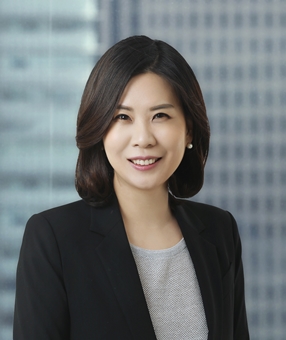On September 1, 2020, a number of changes were implemented in the way design applications are reviewed in Korea. Some of the more notable changes are as follows.
1. More Goods Can Now Receive Partially Examined Design
In Korea, design applications are generally examined for both absolute and relative grounds for refusal. However, the Korean Design Protection Act provides for partially examined design registration for several classes of goods that the Korean Intellectual Property Office (KIPO) has determined to be sensitive to fast-changing trends. Specifically, applications for goods that are classified under Class 2 (clothing and fashion items), Class 5 (fiber, sheet and fabrics) and Class 19 (stationary, office supplies, fine art materials) may be registered after inspection of basic matters only (i.e., formalities, and whether the design clearly uses a shape, pattern, color or combination thereof that is widely known to persons of ordinary skill in the relevant design field). As a result, partially examined design are generally reviewed within ten days to three months, considerably faster than general substantive examination (which usually takes about six to eight months).
The Design Protection Act has now been amended to expand classes of goods subject to partially examined design. Starting from December 1, 2020, applications for goods that are classified under Class 1 (food), Class 3 (travel goods, cases, parasols, etc.), Class 9 (packaging and containers for transport, etc.), and Class 11 (adornment) will be registered without substantive examination.
2. Relaxed Requirements Relating to Application Drawings
The Design Protection Act has also been amended to relax some formality requirements relating to drawings submitted with design applications. In the past, a design application for a typeface had to include drawings showing the typeface design. Under the amendment, it is now possible to submit a font file instead of drawings.
Further, KIPO no longer requires that drawings submitted with an amendment to a design application be submitted in the same file format used for the original application drawings.
3. More Design Applications to Benefit from Simplified Priority Claiming
KIPO has announced that simplified priority claims for design applications are or soon will be available for several additional countries. On September 1, 2020, it was announced that Israel and EUIPO now meet KIPO requirements for simplified priority claims, and beginning October 1, 2020, Austria and Italy will also qualify. Simplified priority claiming means that a design applicant in South Korea claiming priority to a design application in a qualifying other country do not need to submit a certified priority document, but can simply submit details of the priority application, such as the application number and application filing date, along with the WIPO digital access code issued in their country. Countries and offices for which KIPO allows or will allow simplified priority claims now include the U.S., China, Japan, Canada, Australia, Georgia, Chile, India, Norway, Spain, IB of WIPO, Israel, EUIPO, Austria, Colombia and Italy.
Related Topics





